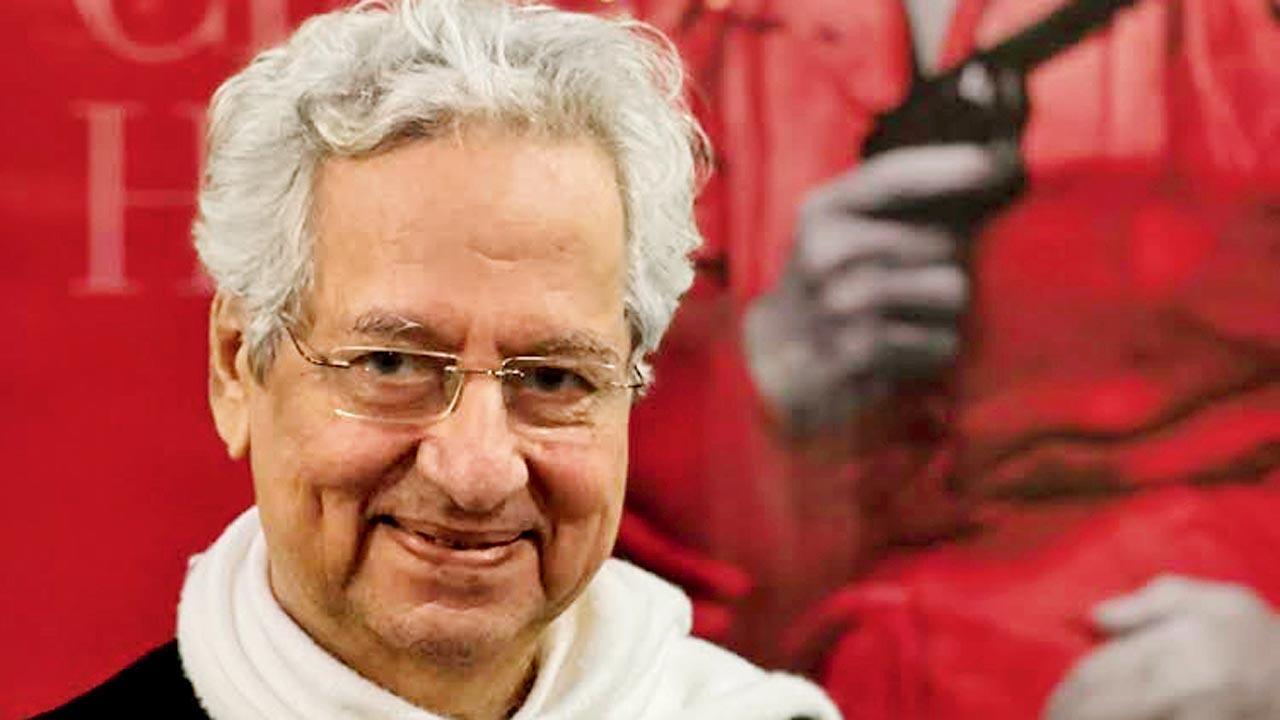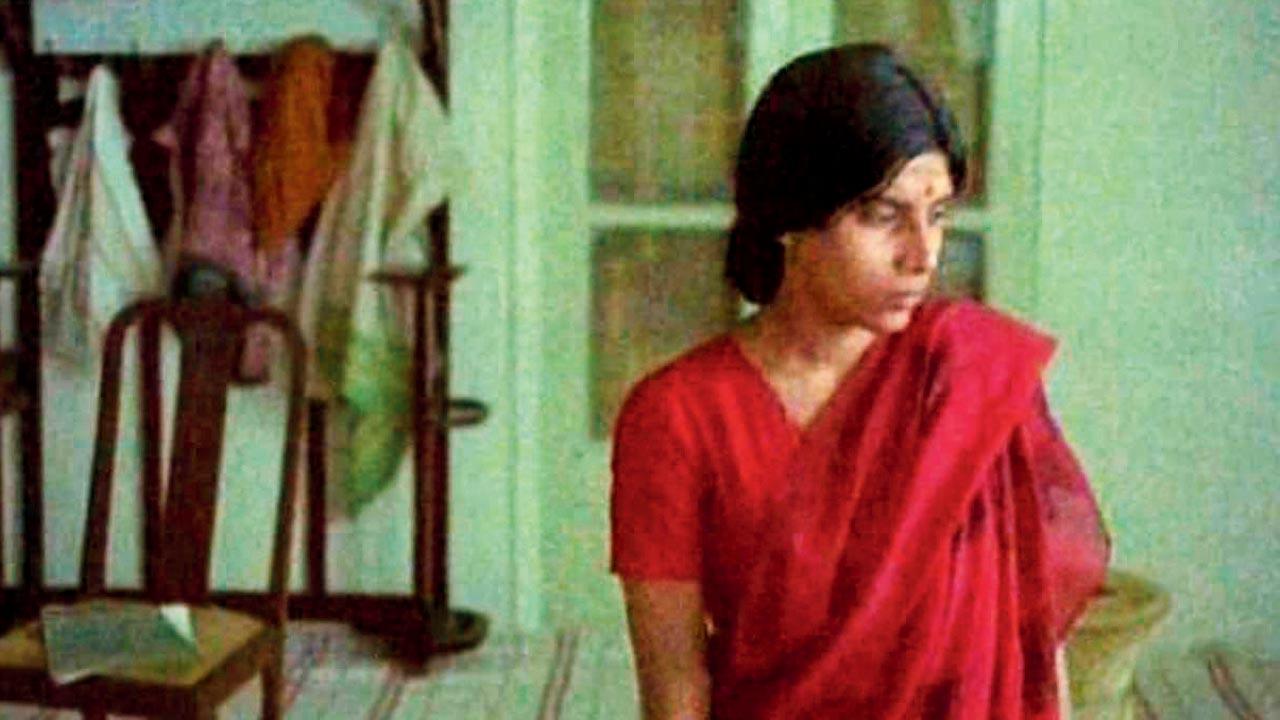The master of arthouse cinema would have been an anomaly at a time when the aesthetic autonomy of an artist, rooted in their own milieu, is being challenged by principles of generic, global entertainment, feels writes director-producer-writer Soumitra Ranade

Kumar Shahani
I heard the news of Kumar Shahani’s passing with deep sadness. A question confronted me—what have we lost? Have we lost a person, a filmmaker or have we lost an idea? And is it lost forever?
Shahani was perhaps the most enigmatic figure amongst the brave new filmmakers who rose to prominence during the 1970s and ’80s. His cinema was fiercely radical and provoked extreme reactions—not just from the uninitiated viewer, but also from practising filmmakers and film theorists. No discourse on cinema was complete without a passionate mention of Kumar and his work.
Since the inception of cinema, there have been numerous technological alterations, like the addition of sound and colour. Yet, the medium itself has remained permissive. While Bergman could use it to make his cinema, Ghatak could too, as could Manmohan Desai. The medium, in what it offered, didn’t restrict filmmakers to tell their stories in the aesthetic of their choosing.
Things started changing after the advent of television. There was a dramatic shift in what the medium could or could not offer. I saw Kumar’s Maya Darpan first on the big screen and then again on television. The experience was completely different. Collaboration between medium and content had been destroyed. Television had its own specificity, and permissiveness was getting constrained.
 Shahani’s 1972 film Maya Darpan explored the conflict between the feudal system and India’s changing industrial landscape. Its protagonist is the daughter of a zamindar who challenges the class system when she has a sexual encounter with an engineer
Shahani’s 1972 film Maya Darpan explored the conflict between the feudal system and India’s changing industrial landscape. Its protagonist is the daughter of a zamindar who challenges the class system when she has a sexual encounter with an engineer
About television, Kumar wrote, “The electronic image forms itself in front of our eyes, disappearing only from itself again. The image may not, in fact, be recorded. Here and now, before our unblinking eyes, the signal takes shape as light source. Literally and figuratively, it does not illuminate. It informs. In many ways, it behaves like reality. It passes you by, even if it allows you to store the information, or to re-juxtapose it. For many lives, it has begun to replace reality. So much so, that the substitute is sought in reality, whose richness and ambiguity thwart the facile temperaments created by public transmission of controlled images.”
This was in 1988. Technology was changing and so was the audience. Who was changing whom is a question that can never be answered. Perhaps they both were becoming gluttonous and demanded more from each other.
Thirty six years ago, he wasn’t to know about a more advanced technological service called OTT, that was to be streamed on our digital screens. Yet his words remain prophetic. While there are millions of films on these platforms, one will never find a Kumar Shahani film among those. Neither can OTT ever create another Shahani. The inherent non-permissiveness of the medium won’t allow that. Neither will global capital that supports such platforms.
Shahani engaged with these very concerns in his films. Globalisation in opposition to indigenous cultural identities. He spoke about the aesthetic autonomy of an artist, rooted in their own milieu, celebrating it with joy, and not falling for a generic, global form that supposedly appeals to everyone.
In the last 10 years, the way technology has developed, it isn’t just a change of medium or tools anymore. It is now a biological attack on us. Most youngsters are unable to see beyond Reels that run for seconds. They may see hundreds of them at one go, but each one cannot exceed what the platform can offer technically. The entire system is rigged to make us dumb and dumber.
And now, as we stand on the cusp of the most overwhelming change that mankind has ever experienced i.e., AI, one is faced with fundamental questions about our existence itself. With completely orchestrated realities, the lines between the real, hyper-real, surreal and the unreal will disappear, and the very definition of art will have to be altered.
This is exactly where Shahani’s vision comes in. His was a voice for choice, a voice for diversity, and a voice for democracy. Will these ideals be irrelevant? I doubt it. And if they are, then honestly, we are doomed. As a civilisation.
Mediums will change, of course, and they must. Forms, too. New technologies that are relevant to the times are bound to emerge. In the initial days, they will be expensive and hence controlled by the Holly-Bolly-Tolly-woods of the world. Eventually, they will become affordable and young men and women across the world will have access to them. That’s when the real AI artistes will arise. The movement in that direction has already begun.
In an even older text, written in 1974, Kumar said, “The cinema for us is the most important of the arts. The mechanical reproduction of physical reality—after centuries of frustrated tentatives—should have, once and for all, freed us from both its narrow, fixed perspective and from the nebulous other-worldliness of art. Instead, here as elsewhere, it has delivered the twin enemies of the people: a barely masked elitism and the naked force of an underdeveloped market.”
Perhaps the world ahead is shorter. I have seen some extraordinary work already being done by VR artists from across the world, and if Khayal Gatha is to be told in 90 seconds, with manipulated reality, then so be it. The new wave artists, two years down the line, will find ways of doing it. They will challenge the status quo. Just as Kumar did.
The person may not be with us anymore, but the idea that is Kumar Shahani can never die.
 Subscribe today by clicking the link and stay updated with the latest news!" Click here!
Subscribe today by clicking the link and stay updated with the latest news!" Click here!










